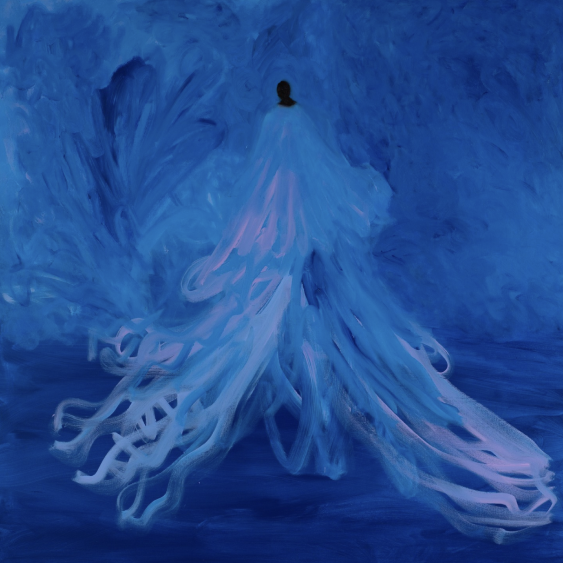Re:View
Desi Casual Glamour as a critical site of validation
with Githan Coopoo
Share
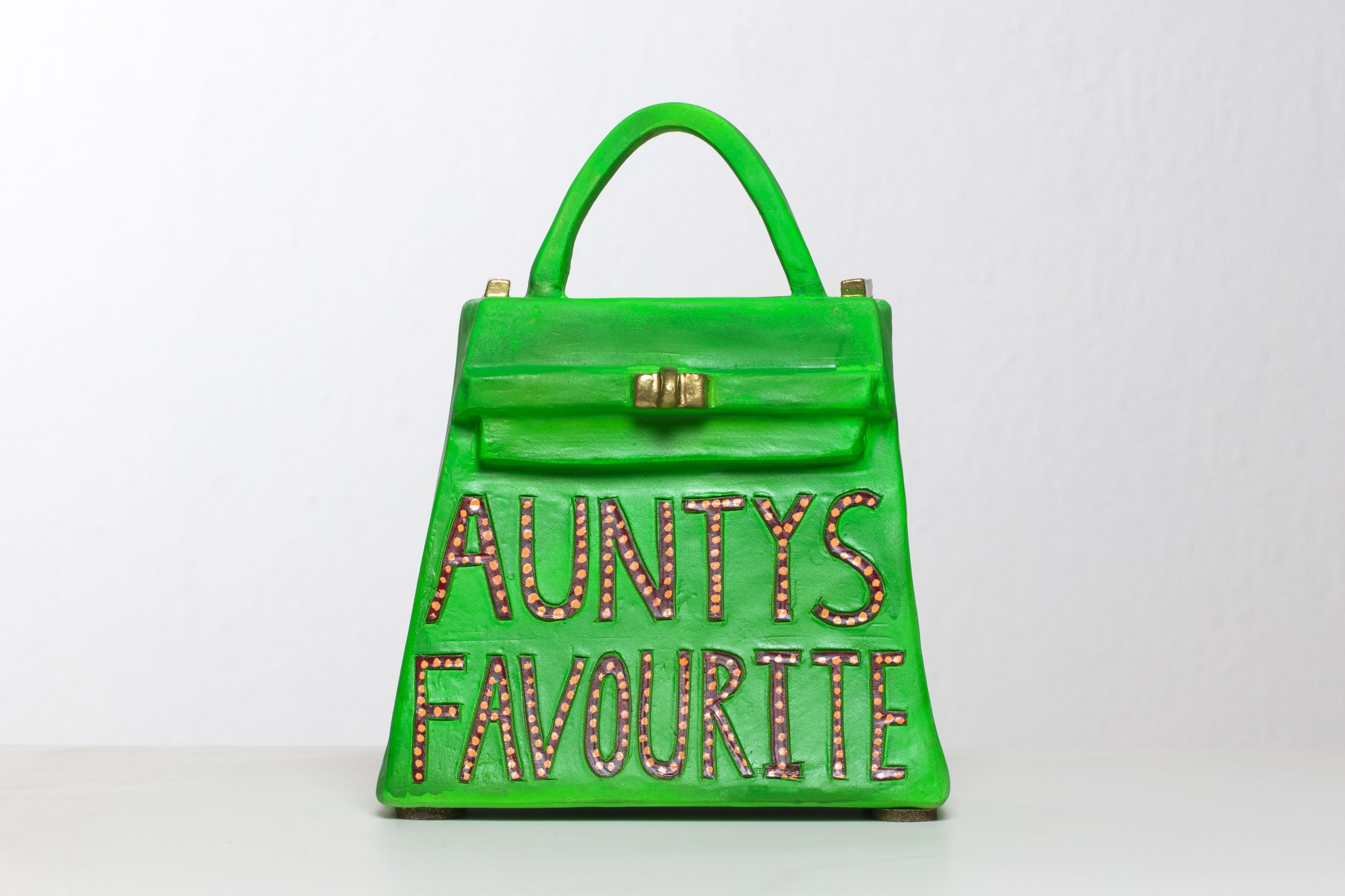
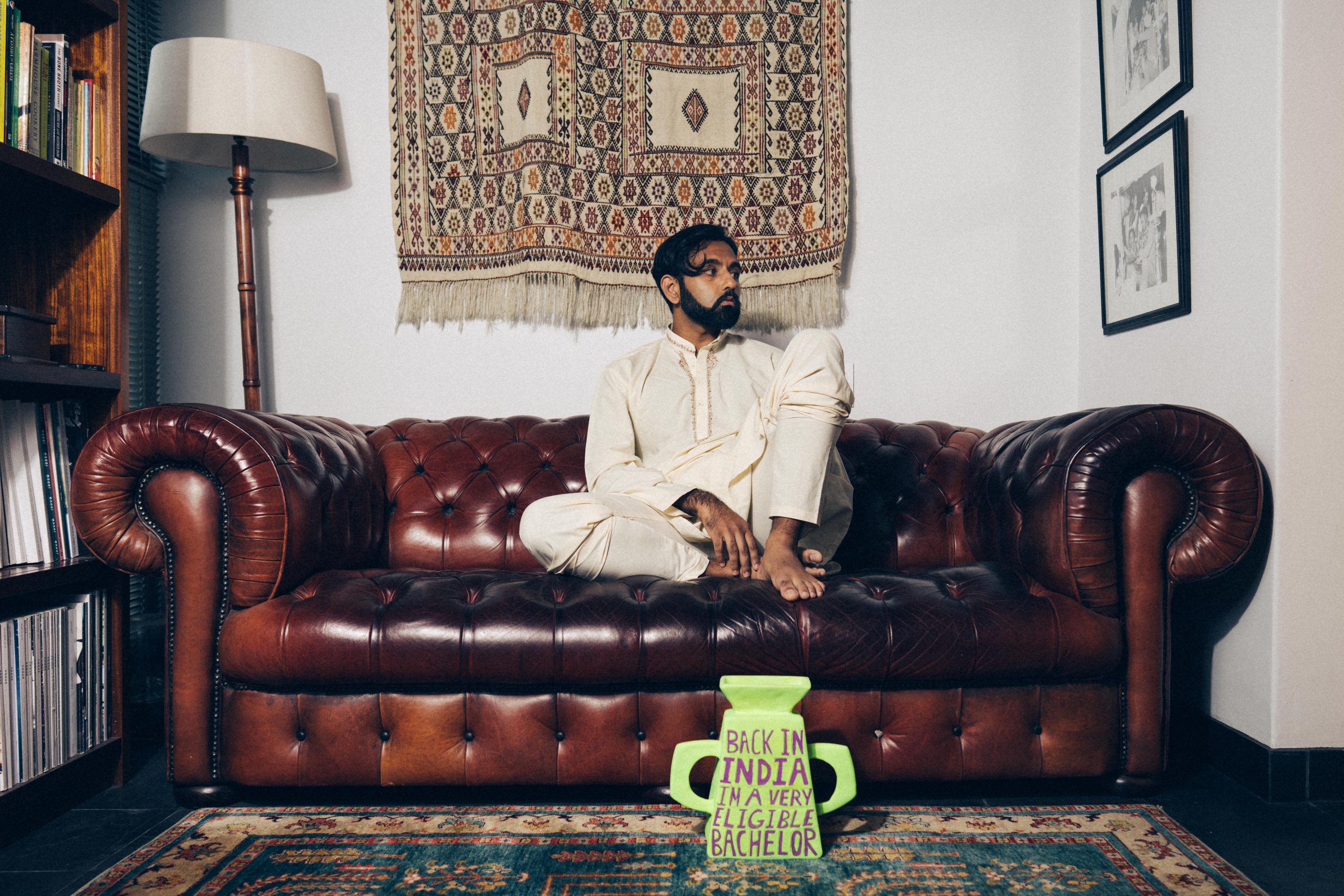
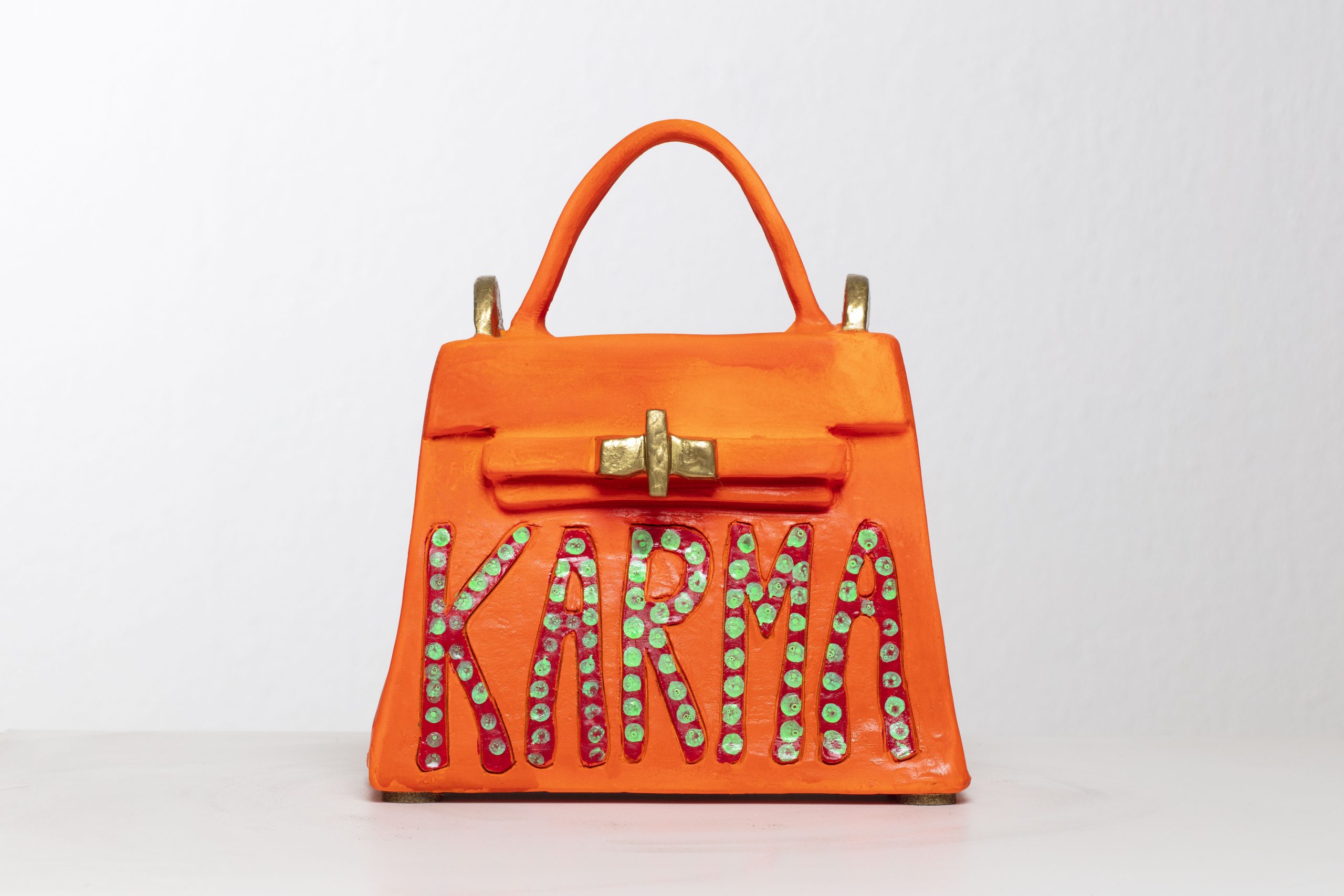
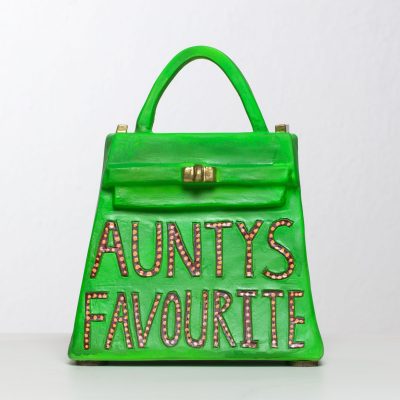
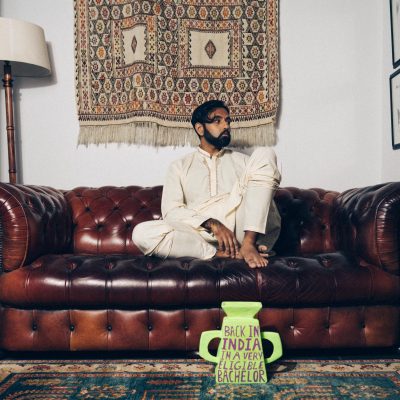
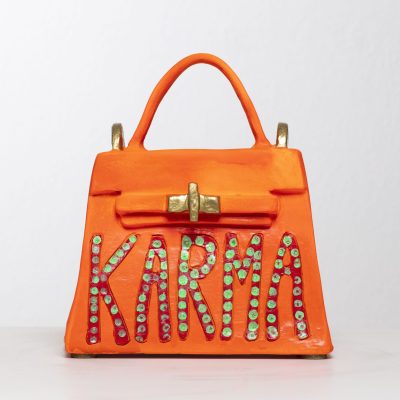
With a practice that lives to comment on the intersection where identities, queerness and materialism meet, Githan Coopoo is a self-taught sculptor working in the medium of clay. Taking on the form of tiles, vases and handbags, the text adorned false ceramics visualise charged assertions both in their message and material. In this week’s Re:View we consider what his solo exhibition Desi Casual Glamour says about his practice’s development.
When Jordache A. Ellapen published a paper titled Queering the Archive: Brown Bodies in Ecstasy (2018) it was to examine the intersections of race, sexuality, and eroticism for South African Indians. Studying his family’s photo albums, taken mostly in the 1930s and 1940s, Ellapen read images where his ancestors, more so the men, shared moments of intimacy with each other. In platforming these seemingly queer vulnerabilities, Ellapen was able to further resonate with his ancestors who were previously dehumanised or depicted as monoliths in mainstream archives.
Not the only artist to mention this erasure or narrowing of South African South Asian life, Githan Coopoo says that as a result of growing up with very few creative (South African) Desi role models — on which to base his exploration, understanding and celebration of self — one of the first things his practice set out to do was to resolve this scarcity.
And although there have been deficiencies around the presence of South African Indian heritage in the mainstream picture of contemporary African art, it’s seemingly being addressed. To name a handful, we have artists like Reshma Chhiba, Callan Grecia, Ravelle Pillay, Talia Ramkilawan, Saaiqa, Alka Dass, Youlendree Appasamy, Tyra Naaido and Githan Coopoo.
Referring to it as a “loud and deliberate gesture”, Desi Casual Glamour is a progression from where the artist’s messaging began. Once lost and now found, this exhibition shows off Coopoo’s critical sensibilities by commenting on the notions and norms he was expected to perform and uphold as a South Asian South African of the Hindu faith.
Even though there was a time when Coopoo’s medium was informed by an “aesthetic and materialistic” demand because “clay was an accessible, easy to work with and allowed me to create big and voluminous shapes without having to work with metal”, the artist remains committed to the medium. In being porous, fragile and subject to the elements that are beyond his control it serves to comment on how susceptible communities and their individuals are to external disarrangement — an assertion that remains true even as his heritage ties grow stronger.
Once a navigation, Coopoo’s practice has expanded into a site of validation. And like the second season of an anticipated series, Desi Casual Glamour shows growth by offering Coopoo’s audience the character development that their committed engagement calls for.
Subscribe
Subscribe
For exclusive news, tickets and invites delivered every week
